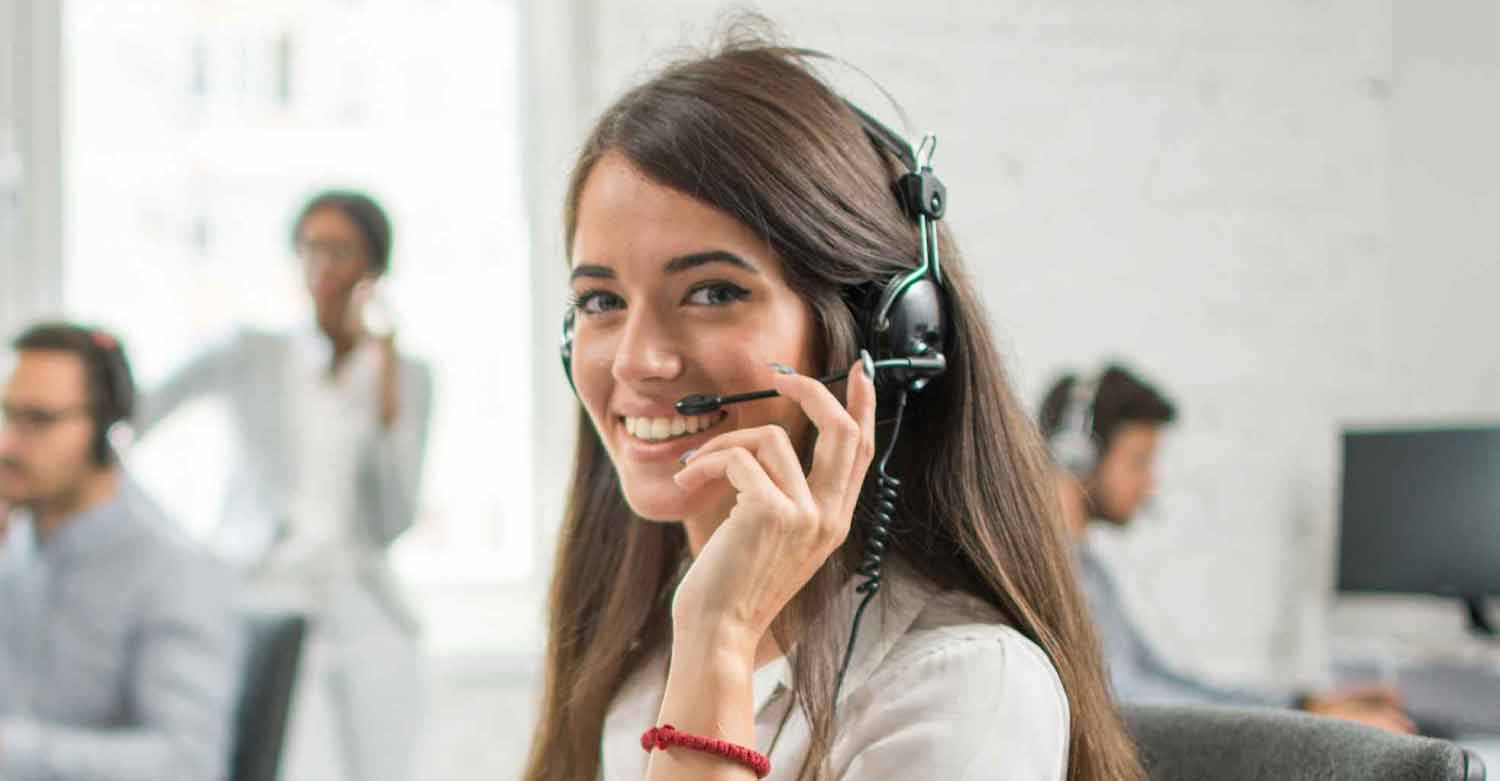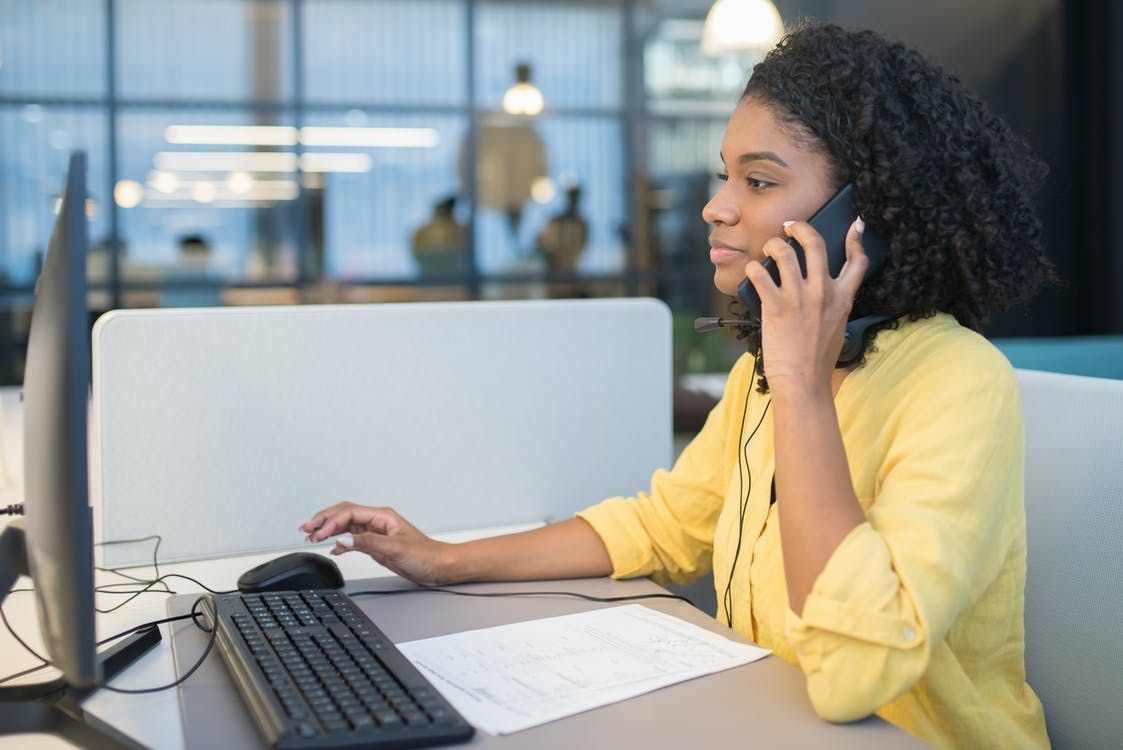All Categories
Featured
Table of Contents
- – The Best Automated Business Phone Answering Sys...
- – What Is The Best Business Answering Services -...
- – Who Is The Best Your Virtual Receptionist: Pho...
- – Who Is The Best Virtual Receptionist (Live Ph...
- – How Do I Choose A The Benefits Of Secretarial...
- – Which Is The Best What Is An Answering Servi...
The Best Automated Business Phone Answering System?
This gadget and its followers were created by Sava Jacobson, an electrical engineer with a personal consulting service. While early voice mail used magnetic tape technology, a lot of contemporary devices utilizes strong state memory storage; some gadgets utilize a combination of both, with a solid-state circuit for the outbound message and a cassette for the inbound messages.
"toll saving" below) (business call answering service). This works if the owner is screening calls and does not wish to speak to all callers. In any case after going, the calling party needs to be notified about the call having been responded to (in many cases this begins the charging), either by some remark of the operator, or by some welcoming message of the TAD, or addressed to non-human callers (e.
This holds particularly for the Littles with digitally stored greeting messages or for earlier devices (prior to the rise of microcassettes) with a special unlimited loop tape, different from a 2nd cassette, committed to recording. There have been answer-only devices with no recording capabilities, where the welcoming message had to inform callers of a state of current unattainability, or e (answering service).
What Is The Best Business Answering Services - Virtual Receptionists Product?

about accessibility hours. In tape-recording Little bits the greeting usually consists of an invitation to leave a message "after the beep". A voice mail that uses a microcassette to record messages On a dual-cassette answerphone, there is an outgoing cassette, which after the specified variety of rings plays a pre-recorded message to the caller.

Single-cassette answering makers include the outgoing message at the beginning of the tape and inbound messages on the staying space. They initially play the announcement, then fast-forward to the next readily available space for recording, then tape the caller's message. If there are numerous previous messages, fast-forwarding through them can cause a substantial hold-up.
This beep is typically referred to in the greeting message, asking for that the caller leave a message "after the beep". Littles with digital storage for the taped messages do disappoint this hold-up, of course. A TAD may offer a remote control center, whereby the answerphone owner can call the house number and, by getting in a code on the remote telephone's keypad, can listen to tape-recorded messages, or delete them, even when far from house.
Who Is The Best Your Virtual Receptionist: Phone Answering Services Service

Therefore the device increases the variety of rings after which it responds to the call (generally by two, leading to 4 rings), if no unread messages are currently stored, but responses after the set variety of rings (normally two) if there are unread messages. This allows the owner to learn whether there are messages waiting; if there are none, the owner can hang up the phone on the, e.
Some machines likewise allow themselves to be from another location triggered, if they have been switched off, by calling and letting the phone ring a particular large number of times (generally 10-15). Some provider abandon calls already after a smaller sized variety of rings, making remote activation impossible. In the early days of Littles a special transmitter for DTMF tones (dual-tone multi-frequency signalling) was regionally needed for remote control, given that the previously utilized pulse dialling is not apt to communicate suitable signalling along an active connection, and the dual-tone multi-frequency signalling was carried out step-by-step.
Any incoming call is not identifiable with regard to these homes in advance of going "off hook" by the terminal equipment. So after going off hook the calls should be switched to proper gadgets and only the voice-type is right away available to a human, but perhaps, however need to be routed to a LITTLE (e.
Who Is The Best Virtual Receptionist (Live Phone Answering Service) Service?
What if I informed you that you do not have to actually choose up your gadget when addressing a customer call? Another person will. So practical, right? Responding to call doesn't need someone to be on the other end of the line. Efficient automated phone systems can do the technique simply as effectively as a live agent and sometimes even better.
An automatic answering service or interactive voice action system is a phone system that interacts with callers without a live person on the line - virtual telephone answering service. When companies use this technology, clients can get the response to a concern about your service just by utilizing interactions established on a pre-programmed call flow.
Although live operators update the customer support experience, numerous calls do not need human interaction. An easy taped message or instructions on how a client can recover a piece of details usually fixes a caller's immediate need - virtual telephone answering. Automated answering services are a basic and efficient way to direct inbound calls to the right individual.
How Do I Choose A The Benefits Of Secretarial And Telephone Answering ... Service?
Notification that when you call a business, either for support or item inquiry, the first thing you will hear is a pre-recorded voice greeting and a series of options like press 1 for client service, press 2 for queries, and so on. The pre-recorded alternatives branch off to other options depending upon the client's selection.
The phone tree system helps direct callers to the best person or department using the keypad on a cellphone. In some circumstances, callers can use their voices. It deserves keeping in mind that auto-attendant alternatives aren't limited to the ten numbers on a phone's keypad. Once the caller has selected their first choice, you can create a multi-level auto-attendant that uses sub-menus to direct the caller to the best kind of help.
The caller does not need to interact with a person if the auto-attendant phone system can handle their issue. The automated service can path callers to a worker if they reach a "dead end" and require support from a live agent. It is expensive to employ an operator or executive assistant.
Which Is The Best What Is An Answering Service? - Ruby Blog Company?
Automated answering services, on the other hand, are substantially cheaper and supply substantial expense savings at approximately $200-$420/month. Even if you do not have actually devoted staff to deal with call routing and management, an automated answering service enhances productivity by enabling your group to concentrate on their strengths so they can more efficiently invest their time on the phone.
A sales lead routed to customer service is a lost shot. If a customer who has product concerns reaches the incorrect department or gets incomplete answers from well-meaning employees who are less trained to manage a particular type of concern, it can be a reason for aggravation and discontentment. An automated answering system can decrease the variety of misrouted calls, thereby helping your workers make much better use of their phone time while releasing up time in their calendar for other tasks.
With Automated Answering Systems, you can develop a personalized experience for both your staff and your callers. Make a recording of your main welcoming, and just update it regularly to reflect what is going on in your organization. You can produce as many departments or menu choices as you desire.
Table of Contents
- – The Best Automated Business Phone Answering Sys...
- – What Is The Best Business Answering Services -...
- – Who Is The Best Your Virtual Receptionist: Pho...
- – Who Is The Best Virtual Receptionist (Live Ph...
- – How Do I Choose A The Benefits Of Secretarial...
- – Which Is The Best What Is An Answering Servi...
Latest Posts
Efficient Answering Service Pricing – Brisbane 4000
Honest After Hours Answering Near Me – Perth 6008
Honest Receptionist Service
More
Latest Posts
Efficient Answering Service Pricing – Brisbane 4000
Honest After Hours Answering Near Me – Perth 6008
Honest Receptionist Service